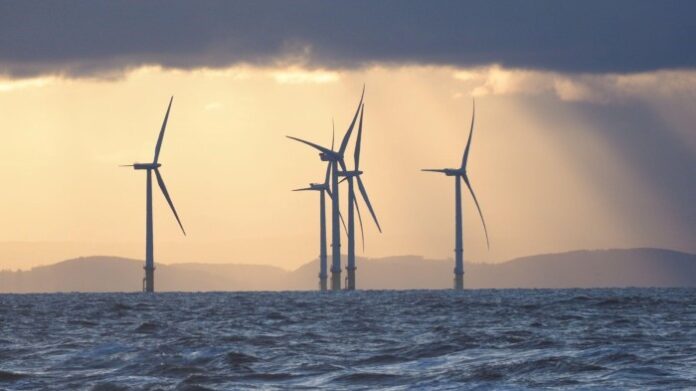In an effort to entice energy firms to invest, the UK government has increased the price paid for electricity generated by offshore wind farms by 66%. This decision follows an unsuccessful auction for offshore wind projects where no bids were received, with companies arguing that the initially set electricity price was too low. The government has now raised the price from £44 per MWh to £73, aiming to encourage more offshore wind capacity and potentially lead to cheaper energy bills.
Companies have cited escalating costs for building wind farms, attributed to rising inflation and interest rates. While the cost of building offshore farms has increased, the maximum price that can be charged for the generated electricity has remained relatively low. Energy firms assert that electricity produced at sea remains a more cost-effective and stable option compared to power derived from gas-fired stations.
The UK, a global leader in offshore wind, hosts the world’s four largest farms, contributing 13.8% of the country’s electricity generation in the previous year. However, the lack of bids for project contracts in September dealt a setback to plans to nearly quadruple offshore wind capacity to 50 gigawatts by 2030.
Claire Coutinho, the Energy Security Secretary, acknowledged the challenges faced by the sector, and the revised auction approach aims to reflect these global challenges. To meet the 2030 target, the government must attract bids for six to eight gigawatts of power annually for the next five years.
Addressing the challenge of transporting power from offshore wind farms back to land, Chancellor Jeremy Hunt is expected to use the Autumn Statement to expedite the process by reclassifying connections as critical national infrastructure and consulting on compensatory measures for affected communities, including energy bill discounts. These initiatives are part of a broader government response to an energy review, focusing on accelerating the integration of new power sources into the national grid.




















